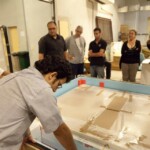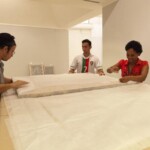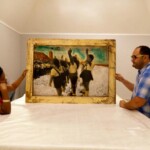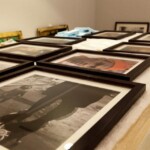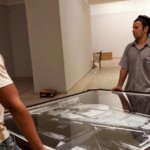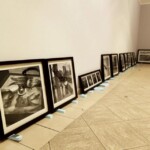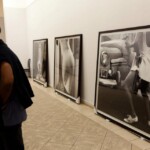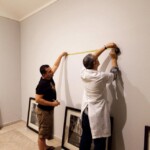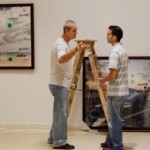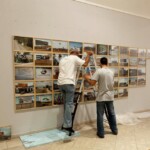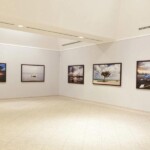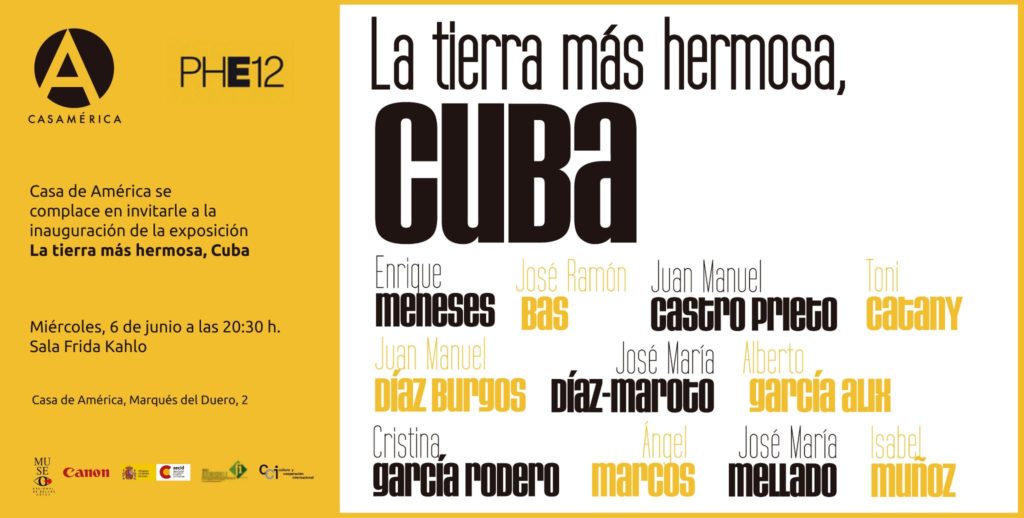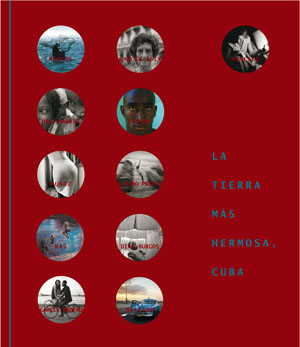
CUBA. THE MOST BEAUTIFUL LAND
50 years, 66 photographs, 11 Spaniards. Selection of sixty-six photographs by eleven Spanish photographers who show us, through their best photographs, their personal vision of the Island of Cuba. A very particular story that begins in 1959. Enrique Meneses, Alberto García Alix, Ángel Marcos, Cristina García Rodero, Isabel Muñoz, José Mª Díaz-Maroto, José María Mellado, José Ramón Bas, Juan Manuel Castro Prieto, Juan Manuel Díaz Burgos and Toni Catany make up the most important photography exhibition held in the city of Havana. With the official sponsorship of Canon and Financiera Iberoamericana, as well as the collaboration and support of the Embassy of Spain in Cuba, Asociación Cultura y Cooperación Internacional, Interart and Yellow, this ambitious exhibition project has seen the light of day. The theoretical basis of this new exhibition project is inspired by the way of seeing and perceiving a culture, the eternal desire of the photographer. Despite the distance, the photographer searches tenaciously for his sources of inspiration and therefore pursues new cultures, new landscapes and new beings. The images of this exhibition will take us to many corners of the great island, to perceive the land, the skin and the flavor of a different culture, near and far at the same time. Despite the diversity of the works, the exhibition does not intend to delve into the simple value of distance “what is distant is good”, on the contrary, we will be able to enjoy visions and ways of working as different as the number of authors participating in the exhibition.
On the occasion of the exhibition, a catalogue has been published with all the works on display as well as 55 images (five per author) that complete this important book. The texts are written by Juan Carlos Moya as curator of the exhibition, Moraima Clavijo Colóm, director of the National Museum of Fine Arts of Cuba, Eusebio Leal Spengler as Historian of the City of Havana, Manuel Cacho Quesada, ambassador of Spain in Cuba, and Pablo Barrios Almazor as diplomat and writer. It has been designed by Marie Genevieve Alquier mgab. / trazos&letras and the chosen printing house has been Brizzolis Arte en Gráficas.
El ser humano desde sus orígenes en África siempre ha tenido la inquietud o la necesidad de buscar más allá de lo que sus sentidos eran capaces de mostrarle. La historia está llena de hombres, llamémoslos aventureros, exploradores, buscadores de sueños, emprendedores, locos, etc., que han necesitado navegar entre la realidad y la utopía. A veces para huir de ellos mismos, otras para intentar mostrar a los demás esas cosas que eran capaces de ver, sentir, intuir, imaginar o incluso prever, y que los demás han necesitado pruebas para creer.
Desde Marco Polo, considerado el primer narrador de viajes de la historia, con su libro IL MILIONE, donde nos relataba las mil y una maravillas que había experimentado y encontrado durante los 17 años que tardó en realizar el viaje que unía Occidente con la legendaria y desconocida Catai (China); a Charles Darwin, con la publicación de su diario de viaje abordo del HSM Beagle, como consecuencia de su mirada distinta, de saber apreciar lo que otros pasaron por alto y atreverse a mirar más allá de lo que nadie había osado, dio como resultado el libro “El origen de las especies” (1859), considerado como el acta fundacional de la Biología. Cuántos viajeros no repararon en aquellos pequeños pero importantes detalles que hicieron que Darwin pudiese desarrollar la teoría de la evolución.
Cada uno de estos once exploradores de la luz, buscadores de sensaciones o simplemente locos de la Fotografía, se han atrevido, como hizo Marco Polo o Darwin, a ser embajadores de lo cotidiano, ladrones de instantes irrepetibles, usurpadores de almas o incluso ocupas de la memoria colectiva de aquellos apasionados observadores, que se han dejado cautivar por sus excepcionales trabajos.
Juan Carlos Moya
Comisario de la exposición




